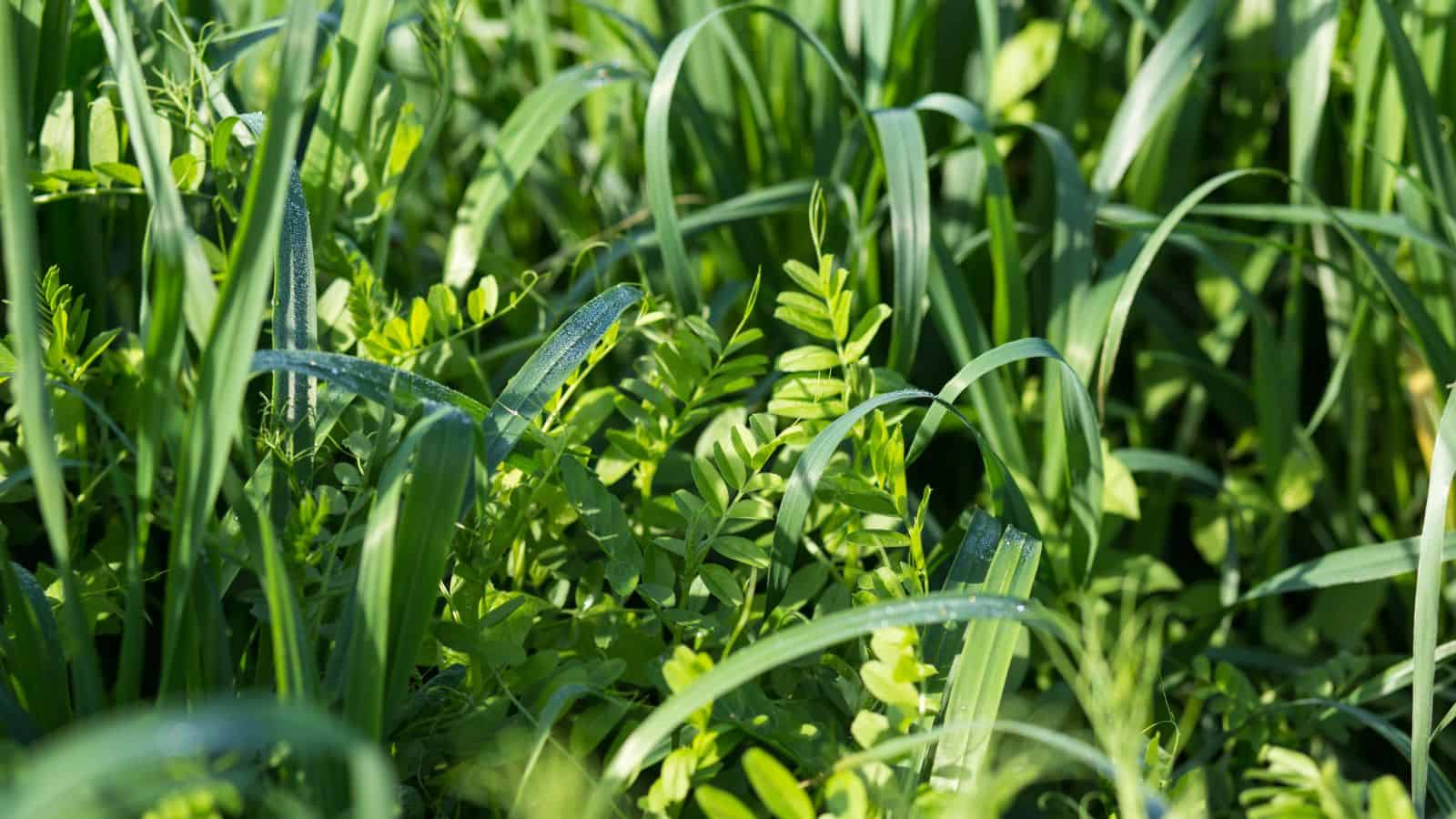Cover crops play a crucial role in sustainable gardening by improving soil health, preventing erosion, and enhancing biodiversity. These crops are planted primarily to cover the soil rather than for harvest, offering numerous benefits to gardeners and the environment. Here’s an in-depth look at the role of cover crops in sustainable gardening.

Improving Soil Health
Cover crops contribute significantly to soil health by adding organic matter, enhancing soil structure, and increasing nutrient availability. When cover crops decompose, they release nutrients back into the soil, enriching it for future plantings.
Soil Health Benefits:
- Organic Matter: Cover crops increase the organic matter content of the soil, improving its texture and ability to retain water and nutrients.
- Nutrient Cycling: Leguminous cover crops, such as clover and vetch, fix nitrogen from the atmosphere, enriching the soil with this essential nutrient.
Preventing Soil Erosion
One of the primary functions of cover crops is to protect the soil from erosion. Their roots help anchor the soil in place, while their foliage reduces the impact of rain and wind on the soil surface.
Erosion Control Benefits:
- Root Systems: The extensive root systems of cover crops stabilize the soil and prevent it from being washed or blown away.
- Canopy Cover: The foliage of cover crops acts as a protective layer, reducing the force of raindrops on the soil and minimizing surface runoff.
Enhancing Biodiversity
Cover crops support biodiversity by providing habitat and food for beneficial insects, birds, and microorganisms. A diverse garden ecosystem is more resilient to pests and diseases.
Biodiversity Benefits:
- Habitat: Cover crops create a habitat for beneficial insects, such as pollinators and predators of garden pests.
- Microbial Activity: The presence of cover crops encourages a diverse community of soil microorganisms that contribute to soil health and plant growth.
Weed Suppression
Cover crops can effectively suppress weeds by outcompeting them for light, water, and nutrients. They create a dense canopy that shades the soil, preventing weed seeds from germinating and growing.
Weed Suppression Benefits:
- Competition: Fast-growing cover crops, such as rye and buckwheat, quickly establish themselves and crowd out weeds.
- Allelopathy: Some cover crops, like rye, release natural chemicals that inhibit the growth of certain weed species.
Improving Soil Structure
Cover crops improve soil structure by promoting the formation of soil aggregates, which enhance water infiltration and root penetration. This leads to healthier plants and more productive gardens.
Soil Structure Benefits:
- Root Channels: The roots of cover crops create channels in the soil, improving aeration and drainage.
- Soil Aggregation: The organic matter from decomposed cover crops binds soil particles together, forming stable aggregates.
Types of Cover Crops
Different cover crops offer various benefits, and the choice depends on your specific gardening needs and goals.
Common Cover Crops:
- Legumes: Plants like clover, vetch, and peas fix nitrogen and add organic matter to the soil.
- Grasses: Rye, oats, and barley are excellent for preventing erosion and suppressing weeds.
- Brassicas: Mustard and radish help break up compacted soil and add organic matter.
By incorporating cover crops into your gardening practices, you can improve soil health, prevent erosion, enhance biodiversity, and suppress weeds. Cover crops are a powerful tool in sustainable gardening, providing long-term benefits for your garden and the environment.
